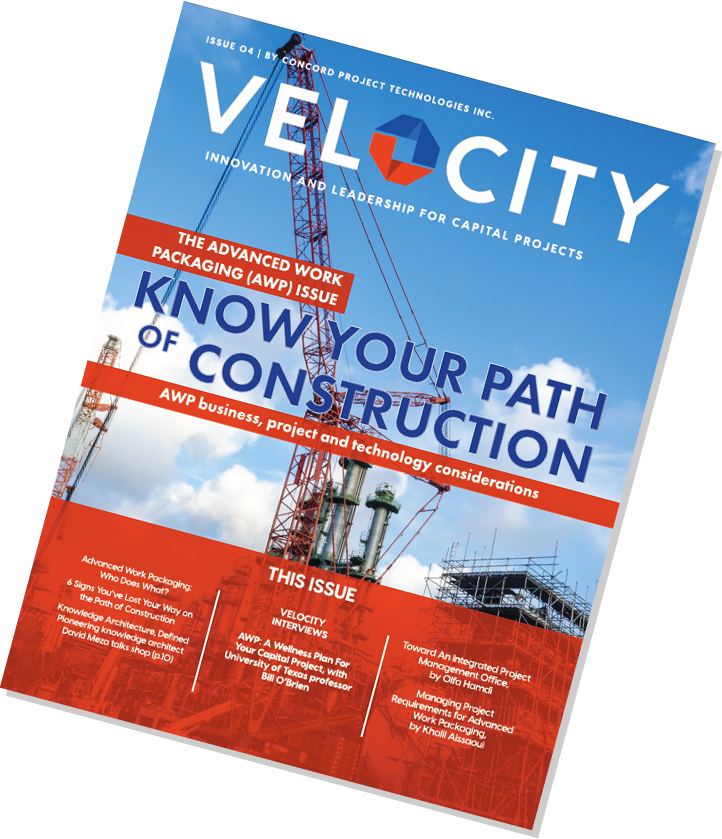Capital project leaders need a comprehensive understanding of capital project delivery models to succeed. Here’s why
As we head into 2020s, it is abundantly clear that the future belongs to capital project organizations and teams who leverage cutting edge capital project delivery models to deliver on-time and on-budget. These organizations are more stable, turn a bigger profit, and are more resilient in times of economic and political turmoil. Their people are happier and their projects are safer.
How do we build organizations that can achieve predictable projects like these? The answer is deceptively simple: It starts at the top.
After working for nearly a decade with some of the world’s largest and most successful capital project organizations, I can say with confidence that the level of project predictability in an organization is directly correlated with the degree to which its leaders understand modern capital project delivery models and the principles of Predictability Thinking™️.
You might ask: Why does a C-suite capital project executive need to understand the intricacies of the Front End Loading process or Advanced Work Packaging implementation? Why must a site manager understand the foundational principles of Predictability Thinking™? Why can’t front-line teams manage this level of granular detail?
If leaders don’t understand the benefits and challenges of AWP ... and don’t place a premium on predictable project delivery, why should they expect their teams will?
Olfa Hamdi Tweet
Here’s why. Leaders must understand modern capital project delivery models because the work undertaken in the earliest days and at the highest echelons not only lays the practical, functional foundation for project predictability, it also sets the tone. In other words, if leaders don’t understand the benefits and challenges of AWP and other project practices and methods and don’t place a premium on predictable project delivery, why should they expect that their teams and all stakeholders will do so?
Let’s dig a little deeper, and examine some of the major reasons why executives and other leaders should be well-trained in capital project delivery models, including AWP and Predictability Thinking™.
Leaders shape the project structure, culture and paradigms
The way work unfolds on a major capital project or megaproject is a direct result of the interpersonal, interdepartmental and inter-organizational structures, culture and paradigms that leaders establish at the very beginning of the project.
If early communication is fraught, this will trickle down to the project managers and contractors. Likewise, if backchannels and workarounds are employed early on, this behavior is more likely to emerge at execution. Critically, if a petrochemical site leader fails to establish predictability as a key project goal, the other stakeholders and contractors won’t deliver predictably — and the project won’t be a predictable one.
Leaders who understand the benefits of predictability and are trained in the principles of Predictability Thinking™ will wisely establish a predictability-focused culture as well as structures and paradigms to support it.
Leaders must understand how their decisions impact execution
We often forget that executives are not above execution, they are in service to it. From contracting strategies to business and commercial objectives, staffing, budgets or future planning, their decisions impact everything. If they’re not planning for predictability and AWP, they’re setting their teams up for failure.
Consider a typical contracting strategy. Developed by executives, the contracting strategy typically evolves organically out of combined first-hand experience and perhaps with a glancing reference to a local context or company practice as well as a recent lecture or new technique. Leaders without any understanding of Advanced Work Packaging (AWP) often assume that the contracting strategy has little to do with execution.
Leaders who understand AWP will take a very different approach. They understand that contracts must be structured in such a way that they support the work packages that will form the basis of the execution strategy organizing the commercial terms of engineering, procurement and construction contracts. That structure begins with contract scope, of course, but extends into other important areas like reporting and compensation as well. Poorly structured contracts undermine AWP from the outset — they have everything to do with execution.
What does the right business model for capital projects look like?
Capital project executives must understand the complex interplay between capital project business models and capital project execution strategies. There is no one business model that is perfect for every project, and the same applies to capital project delivery models.
The very best leaders don’t just work to understand the benefits and drawbacks of business models like integrated or outcome-based, they also make it a priority to understand how traditional and emerging capital project delivery models can impact their projects.
Unfortunately, this type of thinking is not taught in traditional business education, and it’s not supported by the traditional tools of capital project management. Even the offerings of traditional industry organizations make the assumption that executives need only put a good project manager and team in place with good practices to achieve success. It takes way more than that — it takes executive leadership thinking.
Concord® has stepped in to fill this major gap in capital project executive education. Join us Dec. 6 in Houston, Texas, for our Predictability + AWP Executive Training — the first in a series, hosted by myself and Arno Jansen of Motiva Enterprises. Click here to learn more.





